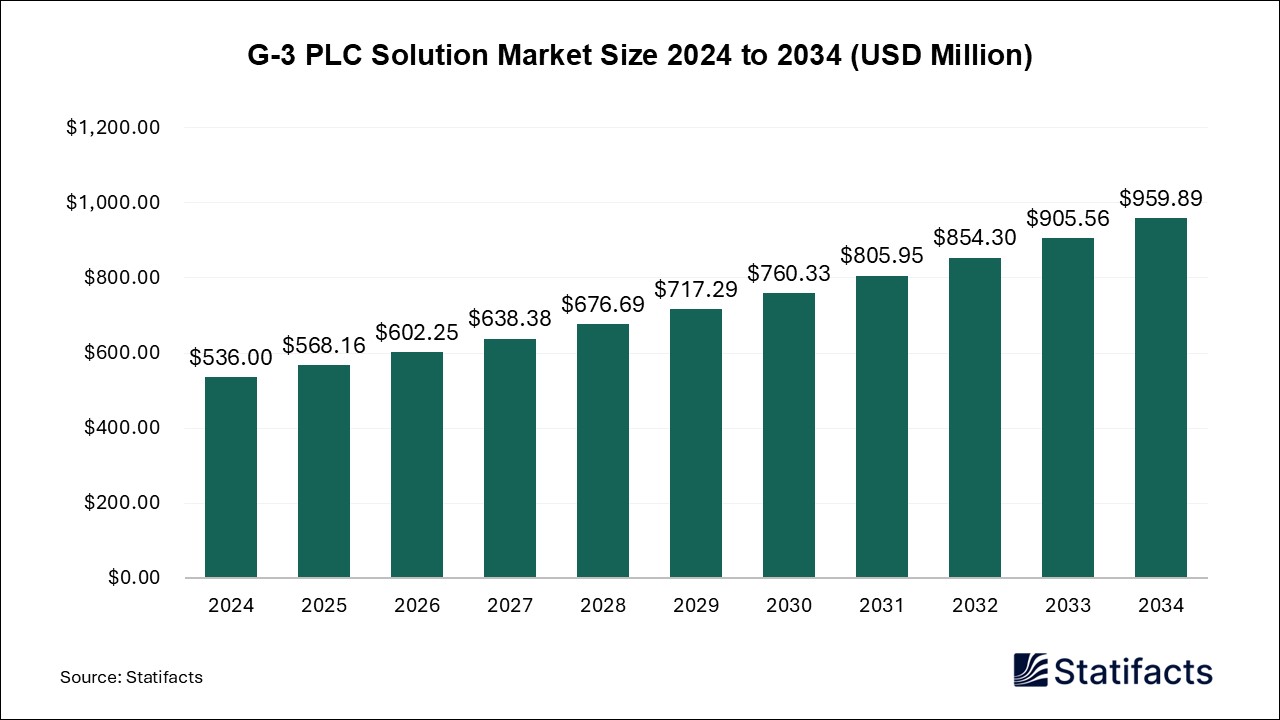

Our customers work more efficiently and benefit from
The global topical antibiotics market size is calculated at USD 6,860 million in 2024 and is predicted to reach around USD 11,710 million by 2034, expanding at a CAGR of 5.5% from 2025 to 2034.
| Industry Worth | Details |
| Market Size in 2025 | USD 7,230 Million |
| Market Size by 2034 | USD 11,710 Million |
| Market Growth Rate from 2025 to 2034 | CAGR of 5.5% |
The topical antibiotics market refers to the production, distribution, and application of topical antibiotics which are antibacterial medications we put somewhere outside our body. Some of these come in over-the-counter (OTC) forms, but most are available with a prescription only. Antibiotics are medications that kill bacteria directly or stop the bacteria from reproducing. Topical antibiotics are antibiotics that have been manufactured into a cream or an ointment and can be applied directly to the skin. Some benefits of topical antibiotics include treating infections directly, avoiding some side effects, and delivering the medication right at the sight of the infection is more effective. If a topical antibiotic is prescribed, patients should be instructed to use it for no longer than seven days.
Topical formulations are applied directly to the skin. Benefits of this include an increased dose of medication that is applied where it is needed. There are reduced side effects and toxicity to other organs compared to systematic medications. A topical medication is a medication that is applied to a particular place or in the body. Most often, topical medication means application to body surfaces like the skin or mucus membranes to treat alignments via a high range of classes, including ointments, lotions, gels, foams, and creams.
Growing regulatory support is driving the growth of the topical antibiotics market. From a corporate perspective, regulatory compliance policies help to avoid legal issues, reputational damage, and financial penalties. Regulations also protect human safety, customer privacy, and the environment. Effective regulation can lead to more effective and efficient delivery, like reduced prices, enhanced quality, or better environmental standards. The main objective of regulatory affairs is to ensure the high quality of the drug products which can increase consumer’s internet for ensuring safety, quality, and efficacy.
Regulatory compliance helps ensure that companies do not engage in unethical or illegal practices and can be used to protect both their employees and customers, by protecting their data, personally identifiable information, and protected health information. The benefits of regulatory cooperation include reduced duplication, lower administrative costs, enhanced market competitiveness, and removal of trade barriers. Regulatory bodies play a significant role in maintaining the balance between public interest and sectorial growth.
Expanding advancements in formulations are driving the growth of the topical antibiotics market. Formulation development scientists must determine the most appropriate route to achieving effective drug delivery based on patient need, then improve the formulation’s features based on knowledge of the drug product bioavailability and processing requirements. The formulation takes into consideration factors like safety, efficacy, stability, and sensory attributes. A well-developed formulation delivers the desired therapeutic effect and improves patient compliance by providing a pleasant user experience. Enhanced drug formulations can improve draggability, reduce toxicity, and enhance efficacy. The newest advancement in formulation technology is nanotechnology.
The rising incidence of skin infections is driving the growth of the topical antibiotics market. Topical antibiotics are used in the treatment of secondary bacterial infections of skin disorders like leg ulcers and eczema. Intranasal topical antibiotics are also indicated for the elimination of the staphylococcal carrier state. Intranasal topical antibiotics are also indicated for the elimination of the staphylococcal carrier state. Topical antibiotics are, at times, used in minor surgical procedures. Topical antibiotics like bacitracin, polymyxin, neomycin, and mupirocin effectively treat superficial skin infections like dermatitis and impetigo and secondarily infected traumatic lesions like abrasions, lacerations, and suture wounds.
Published by Kesiya Chacko , March 2025
For any questions about this dataset or to discuss customization options, please write to us at sales@statifacts.com
| Stats ID: | 8066 |
| Format: | Databook |
| Published: | March 2025 |
| Delivery: | Immediate |
| Price | US$ 1550 |


| Stats ID: | 8066 |
| Format: | Databook |
| Published: | March 2025 |
| Delivery: | Immediate |
| Price | US$ 1550 |

You will receive an email from our Business Development Manager. Please be sure to check your SPAM/JUNK folder too.

Unlock unlimited access to all exclusive market research reports, empowering your business.
Get industry insights at the most affordable plan
Stay ahead of the competition with comprehensive, actionable intelligence at your fingertips!
Learn More Download
Download

